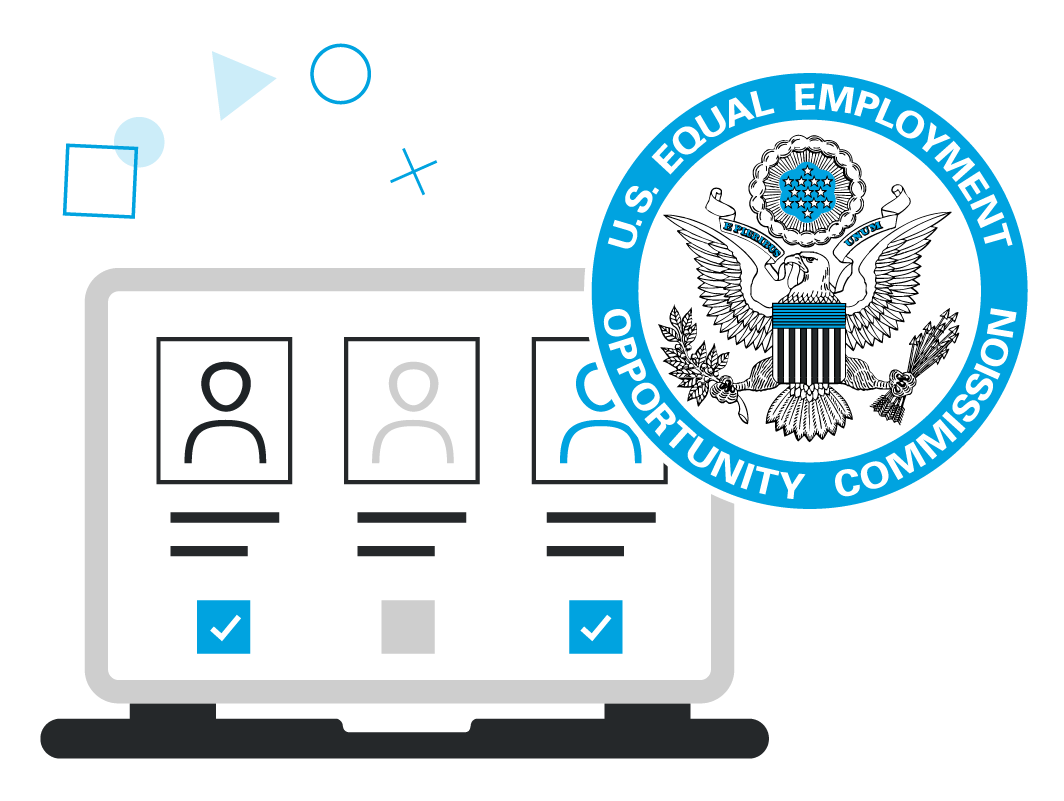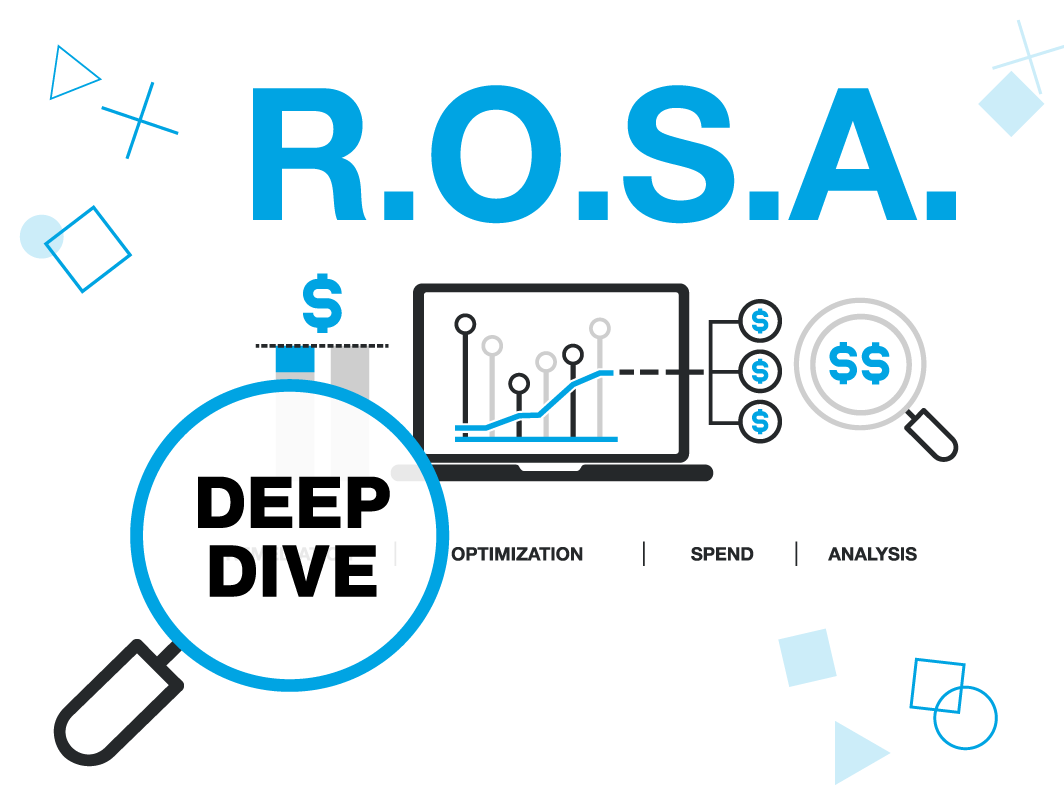
![]()
New York City’s pay transparency law, which went into effect November 2022, has been the subject of employer scrutiny in regard to compliance. The law requires employers to provide “good faith” salary ranges on job postings. Organizations such as Tesla, Amazon and Citi have tested those limits with overly large ranges, leading some to question the effectiveness of the law and others like it.
However, recent activity by the New York City Commission on Human Rights (NYCCHR) — the enforcement agency — suggests it would behoove organizations to swiftly comply with the law’s requirements.
Employers that fail to comply with the law’s specifics risk a civil penalty of up to $250,000 per violation. This underscores the need for employers to have a sound pay equity strategy in place.
Risks of Non-Compliance
Employers covered under the law that post a job, promotion, or transfer opportunity for a position that can or will be performed in New York City must include a good faith salary range in the posting.
The NYCCHR website publishes recent commission-initiated complaints of alleged unlawful discriminatory practices in violation of any provision of the NYCHRL. As of Jan. 24, 2024 (latest update), the webpage lists 33 complaints, half of which remain open and all but one of which concern alleged violations of Section 8-107(32).
Based on recent activity, the commission is looking to ensure organizations are fully compliant with the law and will not be deflected by partial compliance. They are prepared to pursue complaints due to a single non-compliant job posting. While first-time violators avoid civil penalties by submitting “proof of cure” to the commission within 30 days of receiving notice of an alleged violation, doing so is considered an admission of liability. This means any subsequent violation could result in the $250,000 penalty.
Most of the commission-initiated complaints were based on the employer’s failure to include any salary range whatsoever in the job posting. Importantly, some of the companies cited were acknowledged to be compliant with respect to the vast majority of their postings but nonetheless cited for those that were noncompliant.
A much smaller group of employers were deemed to be in violation of the law for posting salary ranges that the commission found were not made in good faith. Currently, three complaints remain open against employers for posting salary ranges that the commission determined were not reported in good faith. In two instances, the employer posted broad pay ranges where the maximum wage was as much as three or four times higher than the low end of the range. For example, one employer displayed the following ranges for its respective job openings: $50,000 – $180,000; $31,000 – $125,000; $40,000 – $160,000; and $50,000 – $145,000. Another employer posted the following wage scales: $18.00 – $48.00/hour; $72,000 – $210,000; and $22.00 – $58.00/hour.
In the third complaint, the commission found that a salary range of $150,000 to $225,000 was not determined in good faith, but it did not provide any analysis or reasoning for that determination.
How to Comply with the New York City Pay Transparency Law
New York City is the latest jurisdiction to begin backing up its law with enforcement. Colorado and California updated their existing laws to detail its enforcement efforts and the fines that would be levied from non-compliance.
New York City’s enforcement activity signals to employers that it will demand strict compliance with the requirements of Section 8-107(32). No exceptions will be made for employers that largely comply with the posting requirements if one of those postings is deemed insufficient.
Further, these complaints demonstrate that the commission will scrutinize salary ranges in postings to ensure they are provided in good faith.
Providing “good faith” salary ranges is made easier when you’ve done the necessary work to establish a sound compensation philosophy. This includes but is not limited to:
- Evaluating job architecture. Having a well-structured job architecture helps ensure you’re placing employees in the correct job codes. When this is done correctly it informs pay eligibility and drives compensation consistency.
- Evaluating WIFs. Conduct an analysis using Trusaic’s five criteria method to determine if any of your WIFs are tainted.
- Accounting for geo pay differences. Cost-of-labor is constantly evolving and varies by market. Merit increases should reflect these changes where appropriate. Example: an employee moved from a higher cost-of-labor/living market to a lower cost-of-labor/living market in 2023. Did you adjust their compensation? Will this be reflected in their merit increase? Overlooking these scenarios could create unintended pay equity consequences down the road.
- Leveraging on pay range software features. Trusaic’s Salary Range Finder® feature analyzes employee details against labor market rates and internal ranges, in real-time. When an employee is hired, the software helps ensure a fair and compliant compensation offer is made to help your organization improve its pay equity. This provides a safeguard for losing top talent in your organization during heightened transparency.
Beyond the financial penalties associated with non-compliance, there are reputational risks for falling short in transparency efforts. Arjuna Capital’s Racial and Gender Pay Scorecard in March underscored this notion.
Take the necessary steps with your compensation philosophy and practices to ensure you’re prepared.
Pay Equity at the Center
The goal of pay transparency laws is to promote practices that lead to a more equitable compensation environment. Similar to salary history ban laws, requiring pay ranges on job postings promotes fair pay practices and holds organizations accountable.
What’s more, research indicates that candidates are more likely to apply to a job if a salary range is provided. Nearly 75% of applicants are less interested in applying and less likely to trust an organization that doesn’t provide salary range information.
If implemented thoughtfully and strategically by an organization, pay transparency can promote a better work environment where employees believe they are paid fairly. Providing salary ranges on job postings can also positively narrow the applicant pool and improve the hiring experience.
Absent salary range information, a job candidate could go through a multi-week interview process only to discover the job offer is far below their salary expectation. This wastes the candidate’s time and causes financial and reputational damage to the employer.
The task of moving toward full pay transparency can be daunting for an organization. Pay equity software tools alleviate this concern by identifying the root cause of pay disparities and remedying them. Additionally, it supports the creation of equitable, compliant job postings and enables a consistent approach to pay range disclosure.
This empowers your organization to execute compensation plans with complete confidence that pay equity is at the center. And it ensures that you will be prepared to comply and thrive amid evolving pay transparency legislation.





